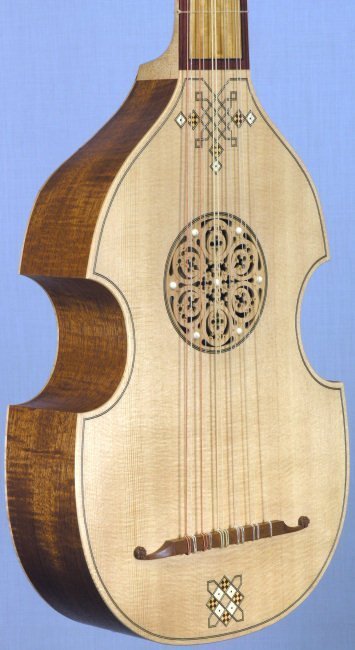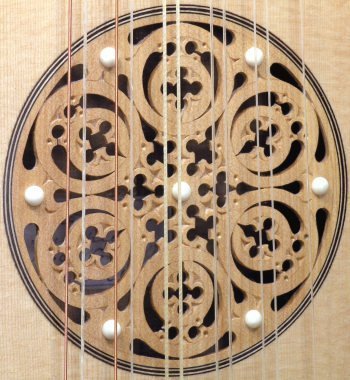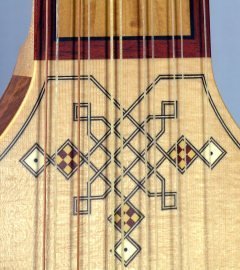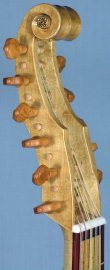Reconstruction of a plucked viola from the painting
Madonna and Child with Saints by Veronese artist Girolamo dai Libri (1474 - 1555)
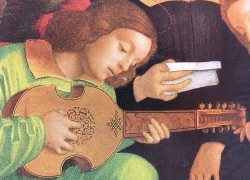 |
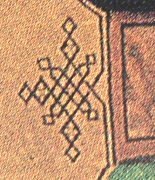 |
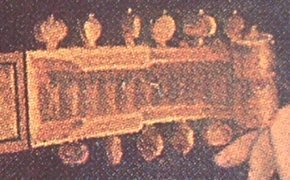 |
Viola
da mano can be regarded as an Italian equivalent to the Spanish vihuela.
The most obvious difference
between the two seems to be only the shape of their bodies: C-shape
cuts with pointed corners on the viola da mano and figure-of-eight
body shape on the vihuela. The viola da mano was fairly widespread,
alongside the lute, in the late 15th – mid 16th century Italy.
It also shared both the tuning and the number of strings (or courses)
with the vihuela and the lute. For example, one of the most prolific
composers of the Italian Renaissance – Francesco Cavova da Milano
(Il divino Francesco) – indicated that his pieces could be played
either on the lute or viola da mano. |
The instrument featured on this page belongs to Michael Fields
 |
 |
 |
 |
For larger images click on the corresponding views below
home vihuelas guitars viols contact
